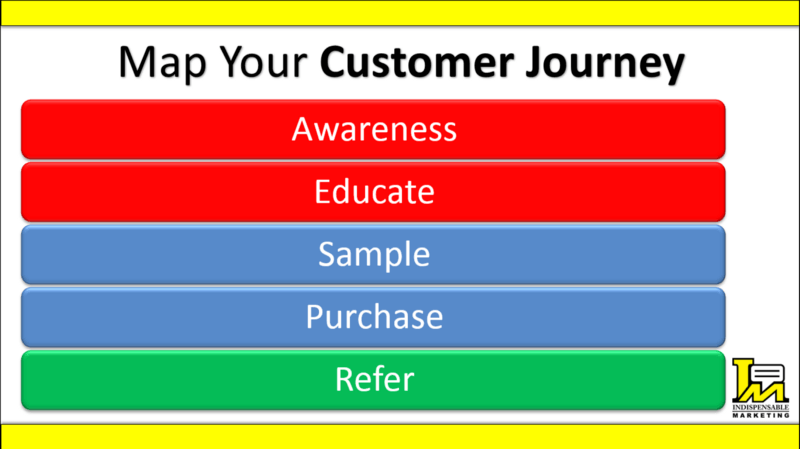Essential Strategic Marketing Plan Components for Small Business Owners
I don’t know about you, but anytime I search the internet for marketing plan advice or tips and try to figure out how to do something myself, I get information overload. My attention is everywhere and my productivity goes way down.
So I put together something, I’m calling “Why It Is Essential to Put Marketing Planning Before Marketing Tactics” , which eliminate your headaches and allows you to install marketing as a process as you move forward.
The soul of your marketing planning exists within your mind, and your heart resides in the research you do. Insight gained from research will provide you with two important components: stability and reality to a plan. It will guide your hopes and ambitions while pointing to marketing goals and marketing tactics.
The more concrete the research, the more practical the strategic marketing plan. Marketing plans gain strength, stability and vitality as you focus on these essential strategic marketing plan components :
Define Your Ideal Client, Not Your Target Market
Discovering your ideal customer within your target market is the most essential strategic marketing plan component for getting any small business on track, and is especially relevant for today’s business environment. You must narrowly define your ideal customer instead of just going after anybody who has a business card in your target market.
The truth is that understanding and defining the exact customer, problem, or business that you serve best allows you to market your business more effectively and generate more sales.
Develop a Problem-Solving Message
The next essential strategic marketing plan component is your problem-solving message. There’s something to be said for a thorough, extensively understanding of your buyer’s world. If you don’t take this seriously, everything else you do in term of marketing will be far less effective.
Take the time to determine and list the problems your ideal customers see and feel. If you’re having a tough time thinking about your ideal client’s problems, think about the conversations you had leading up to your sales meeting, the things addressed in your discovery process or hopefully, you’re a good note taker and can revisit those for some insight.
So, your job is to understand the problems ideal customers are trying to solve and match your solutions to those very specific problems.
Create Objective Addressing Content
The word content itself has a lot of hype around it today making it difficult for many small business owners to see how it plays as an essential strategic marketing plan component.
On a strategic level, content must mean more than a blog post, Facebook status update or tweet. You must think about your content achieving a business goal or objective. Building an asset to serve your small business over time.
Much of what you have to do to achieve your very first business objective of generating awareness is create and publish content. People have come to expect to find information about any product, service, company, individual, cause or challenge they face by simply turning to the search engine of their choice. So, if they’re not finding content that you’ve produced that provides them that information, there’s a pretty good chance you won’t be found.
Guide Your Customer Through the Journey
An essential strategic marketing plan component has to be an understanding of how you are going to guide the customer journey.
This intentional process asks you to view your business in 5 stages and discover how you will move your prospects from awareness of your business/solution, to educate them on the benefits/problems you solve, to sample your expertise/solution, to purchase core offering, and refer others to your business.
Nothing matters more to a business than how they make customers feel during their experience with the brand. How the customer feels determines whether your business survives or sinks. The secret to every business organic growth is great customer experiences, not the marketing done in the pages of a magazine, newspaper, trade publication, on TV, social media post or other media outlets.
That’s how you have to think about these essential strategic marketing plan components.
The end result of research should be an arrow pointing in the right direction and a bow with the power to get the arrow to the target. The strategic marketing plan is the shaking and vibration in which the bow and arrow are kept.






